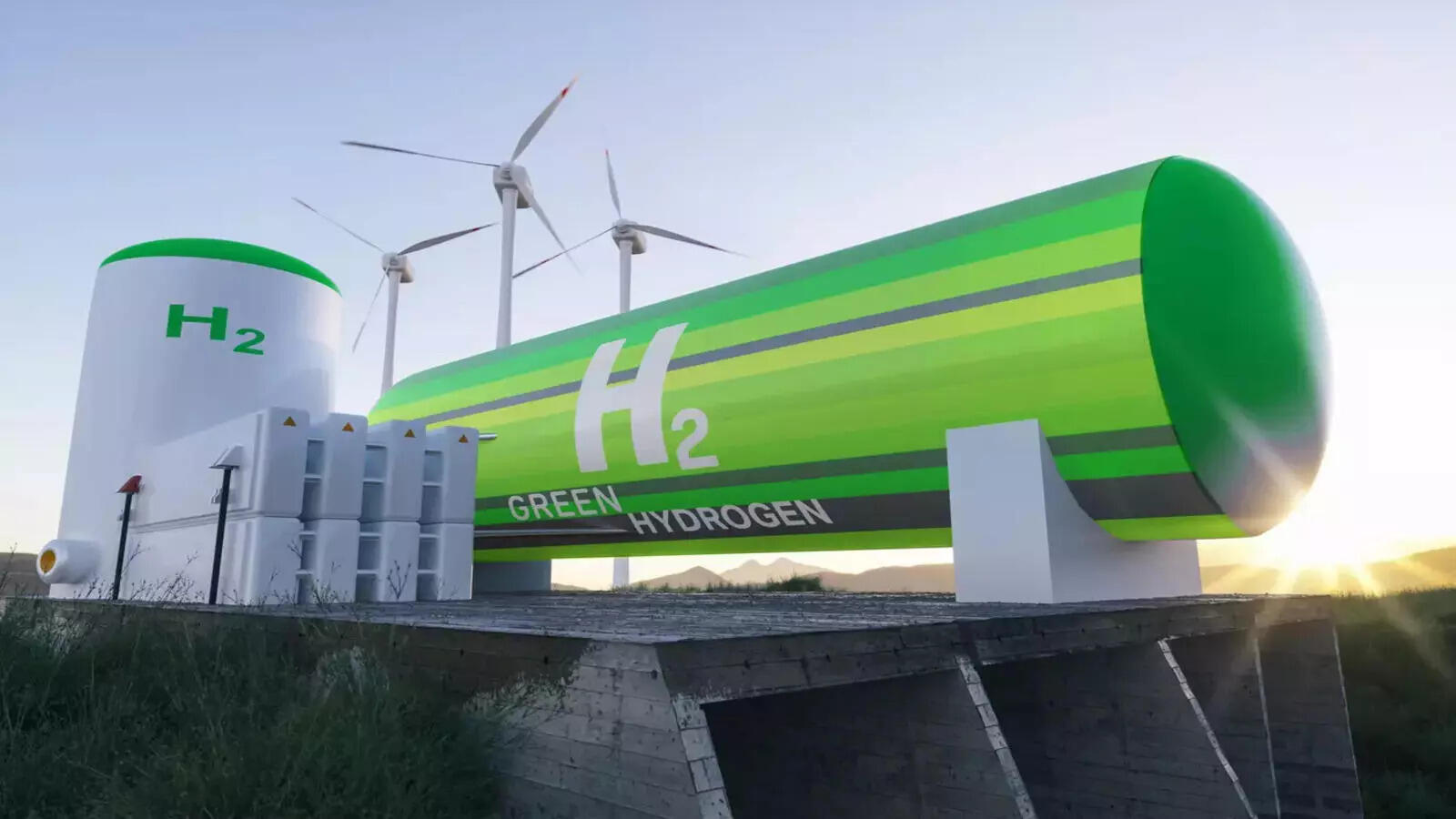
New Delhi: India aims to produce 5 million tonne of pure hydrogen annually by 2030, with a projected need of 25 million tonne by 2050 for transport, steel, and ammonia production. The Hydrogen Technology Expo in Delhi brought together industry experts to explore how the country can modernize production and scale up green hydrogen applications.
Nornickel, a leading supplier of base and precious metals for green technologies, introduced its palladium-based developments to Indian experts, suggesting their products can improve the efficiency of green hydrogen production. Palladium‘s unique properties allow it to split hydrogen molecules into atoms, pass them through the metal, and reunite them into molecules again, enabling the production of ultra-pure hydrogen. Tests in Russia showed a threefold increase in activity for an electrolyzer catalyst with 30% palladium, and a fourfold increase in throughput for a palladium tubular membrane in hydrogen production.
Anna Karzhavina, Head of Commercialization of New Products, Nornickel, said, “Palladium-based catalysts show efficiency gains at every stage of the hydrogen energy chain, from electrolysis to transport to fuel cells. Palladium membranes purify hydrogen for microelectronics, solar energy, and artificial diamond production.”
Nornickel’s collaboration with Indian companies seeks to implement palladium-based prototypes, aiming to boost productivity and expand green hydrogen use in India, contributing to the country’s energy transition goals.

